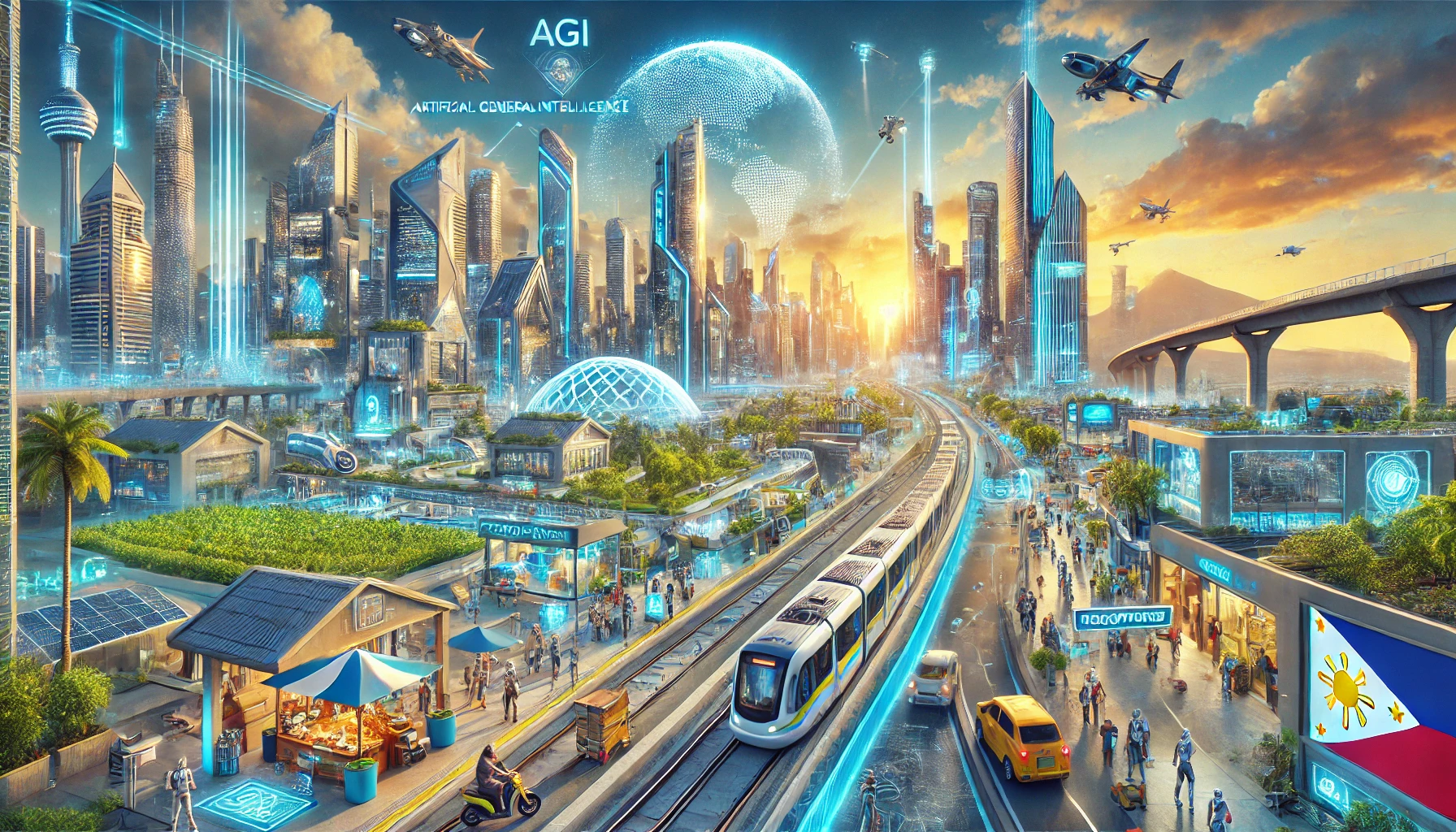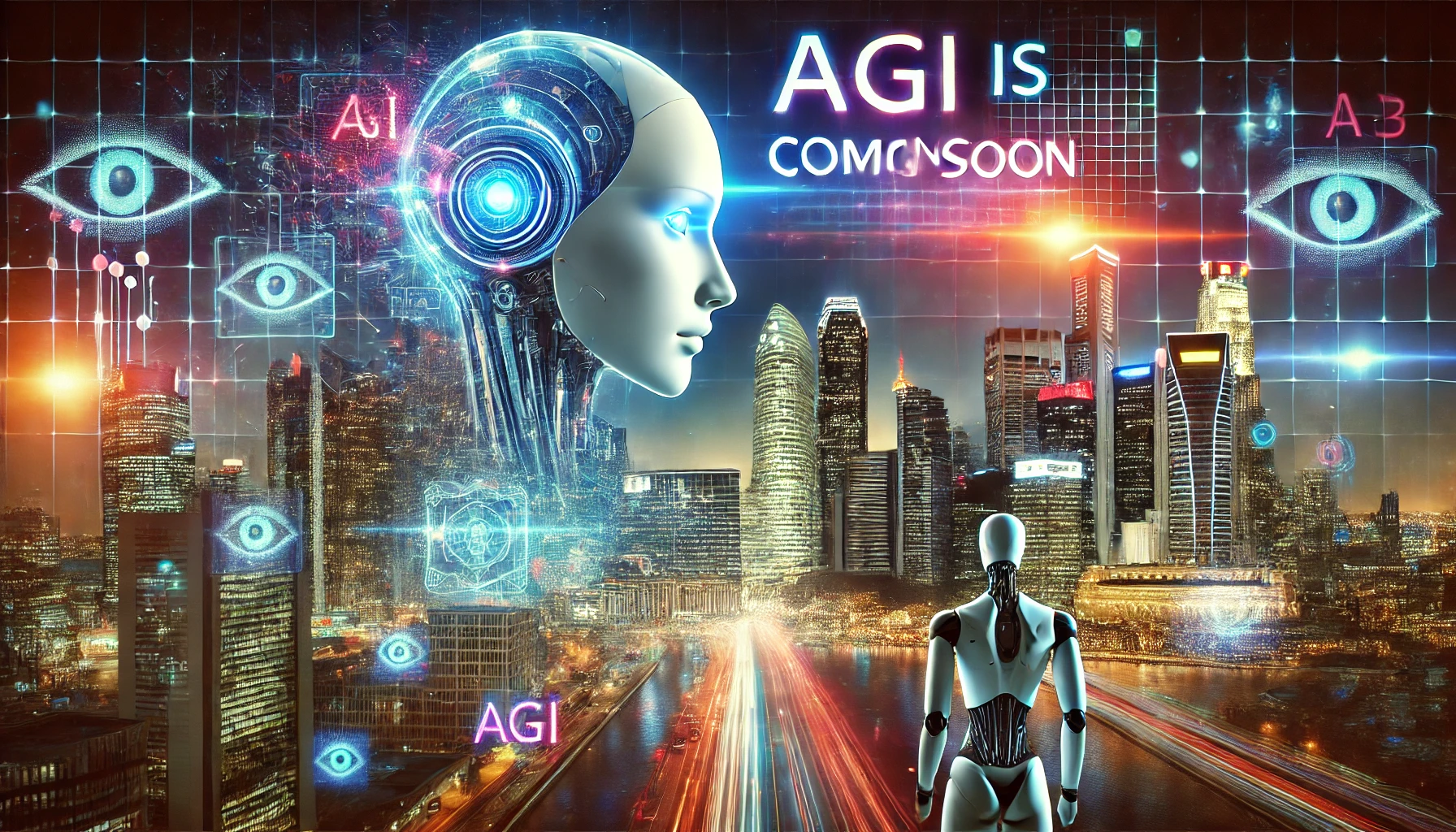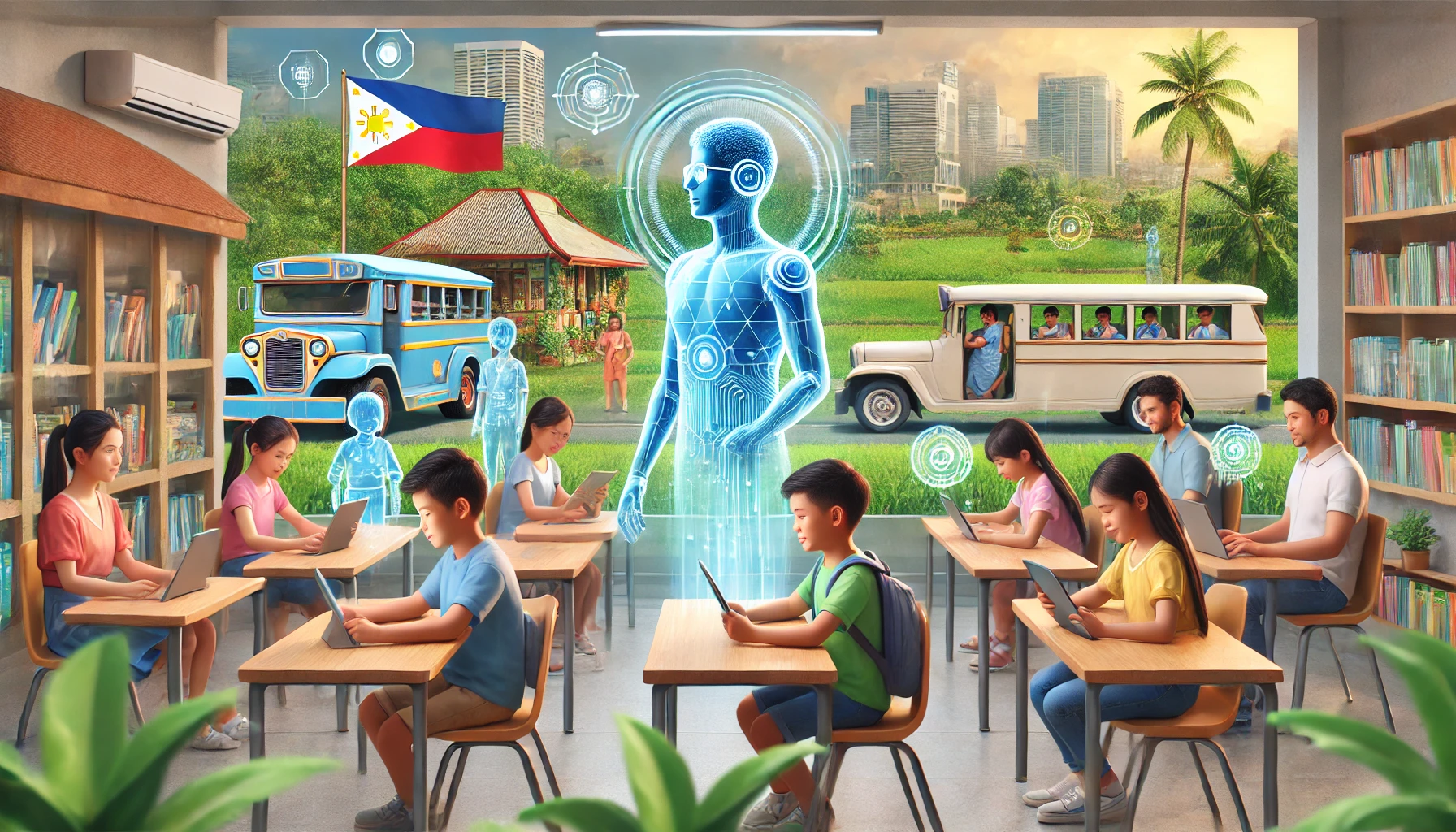Introduction
The Philippines, with its vibrant economy and young, tech-savvy population, is poised to harness the transformative power of Artificial General Intelligence (AGI) to accelerate growth. AGI—a form of AI capable of human-like reasoning and problem-solving—offers unprecedented opportunities to address systemic challenges and unlock productivity across sectors. As the nation targets inclusive, sustainable development, integrating AGI could redefine agriculture, education, infrastructure, healthcare, and governance, positioning the Philippines as a leader in the Fourth Industrial Revolution.
1. Revolutionizing Agriculture
Agriculture, contributing 10% of GDP and employing 22% of the workforce, faces challenges like climate vulnerability and low productivity. AGI can:
- Optimize Precision Farming: Analyze soil, weather, and crop data to recommend planting schedules and resource use, boosting yields.
- Supply Chain Efficiency: Predict demand fluctuations and streamline logistics, reducing post-harvest losses (currently 30% for perishables).
- Disaster Resilience: Model climate patterns to advise farmers on mitigating typhoon or drought impacts.
Example: AGI-driven platforms could enable smallholder farmers to access real-time insights via mobile apps, democratizing advanced agri-tech.
2. Transforming Education and Workforce Development
With 25% of the population aged 15–29, upskilling is critical. AGI can:
- Personalize Learning: Tailor curricula to individual needs, bridging gaps in STEM education.
- Reskill Workers: Simulate real-world scenarios for BPO, healthcare, or engineering training, aligning skills with global job markets.
- Expand Access: Deliver high-quality education to remote areas through AI tutors, addressing the 27% internet penetration gap in rural regions.
Initiative: Integrating AGI into the National AI Roadmap could create “smart classrooms” and partnerships with tech firms like Microsoft or Google.
3. Enhancing Infrastructure Development
Infrastructure gaps cost the Philippines 5% of GDP annually. AGI can:
- Design Smart Cities: Optimize traffic flow in Metro Manila (where congestion costs $67 million daily) and plan energy-efficient housing.
- Predict Maintenance Needs: Use sensor data to prioritize road repairs or grid upgrades, preventing costly failures.
- Boost Renewable Energy: Manage smart grids to integrate solar and wind power, targeting 35% renewable energy by 2030.
Case Study: AGI could model flood risks in Cagayan Valley, informing resilient infrastructure designs to combat annual monsoon damage.
4. Strengthening Healthcare Systems
Universal healthcare remains elusive, with 60% of Filipinos lacking regular access. AGI can:
- Improve Diagnostics: Analyze medical imaging and patient histories to assist overburdened clinicians.
- Telemedicine Expansion: Deploy AGI chatbots for triage in underserved areas, reducing hospital wait times.
- Drug Discovery: Accelerate research on tropical diseases like dengue, leveraging genomic data.
Impact: AGI could cut healthcare costs by 20% and improve life expectancy, currently at 71 years.
5. Data-Driven Governance
AGI can enhance policymaking through:
- Predictive Analytics: Forecast economic trends to shape fiscal policies or disaster responses.
- Anti-Corruption Tools: Monitor public spending patterns to flag anomalies.
- E-Government Services: Automate permit processing or tax collection, reducing bureaucratic delays.
Initiative: A national AGI dashboard could integrate data from agencies like NEDA and DSWD to track SDG progress.
Challenges and Considerations
- Infrastructure: Only 60% of Filipinos have internet access; closing this gap is vital.
- Ethics: Ensuring AGI avoids bias and protects privacy requires robust regulations.
- Jobs: Reskilling programs must offset automation risks, particularly in manufacturing and BPO sectors.
Conclusion
AGI presents a transformative opportunity for the Philippines to leapfrog traditional development hurdles. By investing in digital infrastructure, fostering public-private partnerships, and prioritizing ethical frameworks, the nation can harness AGI to drive inclusive growth. Stakeholders—from policymakers to educators—must act swiftly to prepare for an AGI-augmented future, ensuring no Filipino is left behind in this technological revolution. The journey begins now.


